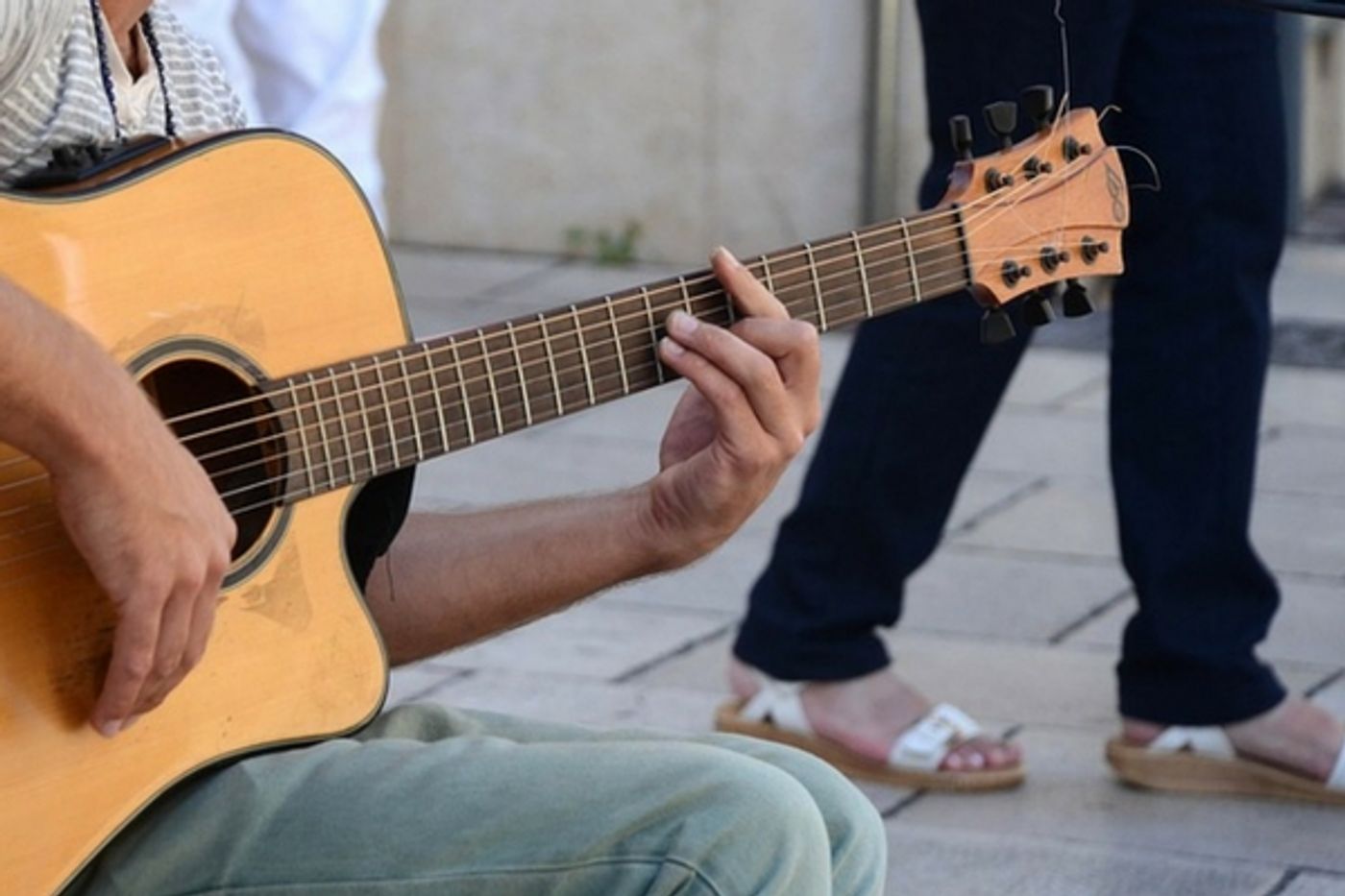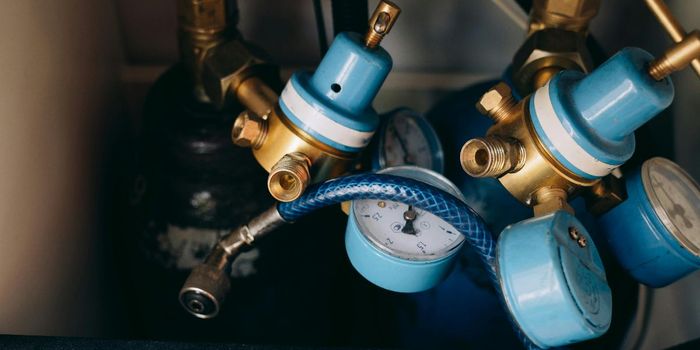Strumming Along During Brain Surgery
Surgeons very often have music playing in the operating room. Whether it's piped in or from a CD player nearby, music played at a low volume is often soothing to patients and doctors during surgery. A recent operation that took place in Bangalore India, however, had live music on tap and the performer was none other than the patient.
Abhishek Prasad, a guitar player, was undergoing brain surgery for a rare condition called musician's dystonia. It happens when the hand used to play an instrument cramps up so severely that the artist can no longer play. It's often incorrectly identified as a strain of the muscles in the arm or hand, but that isn't the cause. Musician's dystonia is caused by a re-mapping of areas of the brain that receive signals from the hands during play. Normally, in the cortex of the brain, there are distinct regions that control certain functions. In musician's dystonia, these areas become somewhat muddled and are no longer efficiently sending and receiving electrical impulses to the correct muscles. Brain surgery, to burn off the area in the brain that is malfunctioning, can correct it but it's delicate, and surgeons need to know in real time if they are targeting the right areas.
Prasad's surgical team decided to use a local anesthetic and have his guitar in the OR at the ready. When the team was selecting the areas to excise, they asked Prasad to play some songs, evaluating which muscles in his hands were working correctly and adjusting their approach. Prasad told CNN, "It was a magical feeling, completely magical. I wasn't able to play for the past 20 months, and in a few seconds, my fingers were completely released, and I was able to play normally. You have been struggling for 20 months to do something, and just in a few seconds, you are able to do that normally, how would you feel? It was magical; it was heaven."
Dr. Sharan Srinivasan is a neurosurgeon specializing in stereotactic and functional surgery at the Jain Institute of Movement Disorders and Stereotactic Neurosurgery where the surgery was performed. In an interview with the Times of India, he explained, "This is a surgery where the part of the brain triggering abnormal tremors is destroyed by burning. Before the surgery, a special frame was fixed to his head with four screws going deep into the skull following which an MRI was conducted. These MRI images showed three coordinates of the target area in the brain (8-9cm deep, in this case) along with the entry point to the skull and the path to be followed during surgery. Based on these coordinates, a 14mm hole was drilled into the skull under local anesthesia, and a specialized electrode was passed into the brain following which it was stimulated to confirm the right location and prevent complications."
RELATED: Soft Jazz in the Operating Room
Being awake during certain brain surgeries isn't entirely uncommon, and there have been other patients who have played instruments or sung songs during their procedures. Getting immediate feedback on which parts of the body are being impacted by the surgery avoids unnecessary complications and prevents surgeons from taking more tissue than required. In the video below, there is footage from the OR and an interview with Prasad about his experience, take a look.
Sources: CNN, The Times of India, Dystonia.org









